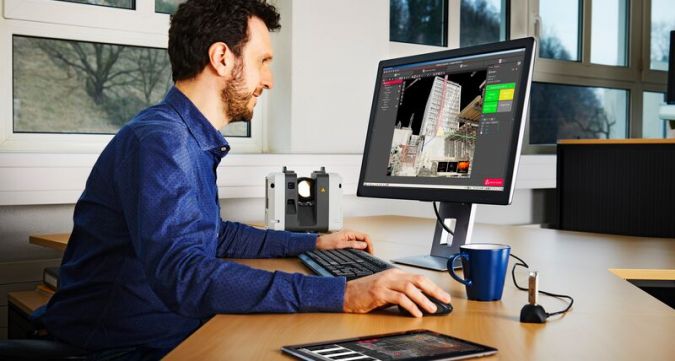Which two fundamentals should business leaders in the construction industry be focusing on in 2021? There is no doubt that the industry was negatively impacted by the pandemic events of 2020. Supply chains are being challenged, companies have had to grapple with social distancing requirements on-site, and many projects were delayed or outright cancelled. PwC’s latest COVID-19 CFO Pulse Survey for the engineering and construction industry found that 81% of CFOs are thinking of implementing cost reductions.
At the same time, there is reason for optimism as we look forward to the rest of 2021. The recent APAC Economic Outlook for 2021 by IHS Markit projected that the severe economic recession of 2020 in the Asia-Pacific (APAC) region will be followed by a strong economic recovery this year.
Indeed, it has been projected that in Singapore alone, S$23-S$28 billion in construction contracts will be awarded in 2021, up from S$21.3 in 2020, largely driven by public-sector demand. Similarly, GlobalData expects a sharp recovery of 9.8% for Malaysia’s construction industry in 2021, and a similar recovery in Indonesia’s construction industry of 7.1%.
Ultimately, the pressure remains for businesses to stay competitive by demonstrating greater cost-effectiveness in their work practices. Here are two fundamentals that business leaders in the construction industry should be focusing on in 2021.
Increase your company’s pace of digitalization
The issue of slowing project revenue has been compounded by other challenges such as increases in material prices, labour shortages and supply chain disruptions. With margins under pressure, construction companies are turning to digital tools.
Digital collaboration tools such as Building Information Modelling (BIM) are enabling the seamless sharing of information among stakeholders, serving as a catalyst for increased efficiency and productivity. A project’s financial sustainability can be tracked throughout its lifecycle, providing teams with the insights needed to make necessary corrections to the project at earlier stages to minimize risk.
Additionally, the use of digital tools can be considerably more efficient compared to conventional methods. One example of this comes from a trial as-built project embarked upon by the Japanese Ministry of Land, Infrastructure and Transport, which looked to investigate how technology could be used to improve productivity and reduce errors on construction sites. The use of the all-in-one Leica Nova MS60 MultiStation which was capable of 3D laser scanning, as well as the surveying functions of a robotic total station, meant that acquired point cloud data from the scanning of concrete structures could be used for as-built verification. Traditional survey methods for as-built verification can be time-consuming and labour-intensive due to manual measurement and analysis of disparities, impacting project costs. In comparison, the use of this equipment reduced downtime to less than half.
Embrace innovative technologies to enable safer operations
The ongoing pandemic has also presented new challenges for construction sites, including the need to maintain social distancing as well as minimizing the number of employees on-site. Companies are implementing safety measures as they reopen work sites, including new routines such as alternate work schedules and staggered arrivals.
Businesses are also leveraging disruptive new technologies to stay productive and keep employees safe. Tools that improve labour efficiency – such as solutions that enable remote inspections and ‘one-man’ operations – are now priorities for savvy construction players.

Unmanned aerial vehicles (UAVs), for example, are providing construction teams with real-time datasets to monitor project progress and conduct inspections remotely with minimal human contact. They also enable safer operations by allowing operators to identify hazards and potential structural issues.
Additionally, companies are focusing on streamlining the collection and processing of data. One example is the use of innovative GNSS technology that integrates intelligent tilt compensation and visual positioning, allowing a single team member to capture the site in images and decide later which points to measure. Back in the office, they can also go beyond measuring points to create 3D point cloud from the same images and continue working in other 3D software.
Such technologies are the answer to increasing complexity and tight schedules, enabling companies to deliver high quality deliverables to customers, while adhering to mandated social distancing requirements.
Building a digital future
As governments and organizations seek to mitigate the effect of the pandemic on their economies, construction companies adopting integrated digitalized solutions are powering a transformative change across the world. This includes the construction industry – as organizations across the world face numerous requirements and challenges in reopening worksites, digitalization must be part of the solution.
To become more efficient and remain competitive, construction companies need to examine their current procedures, products and solutions to accommodate digitalization. Companies investing in innovative technologies and processes are positioning their businesses to deliver complex projects on time, on budget and within specification. However, they will also need to ensure that they adopt a data-driven ‘digital first’ business strategy at the highest level, so that data is not just captured, but actively put to work to help businesses become more profitable.

